First trip to Japan
Visiting Tokyo, Osaka, and Kyoto
📌 By Jakub Mikula | October 11, 2024
My first trip to Japan! During my 6-day autumn trip, I visited Tokyo, Osaka, and Kyoto. As it was my first time in Japan, I made sure to prepare by planning most of my itinerary in advance. To my surprise, I was able to complete the immigration process even before arriving in Japan by filling out the necessary details on the Visit Japan Web (https://www.vjw.digital.go.jp). By submitting my passport details, including a photo of the passport’s front page, I received a QR code for both immigration and customs clearance, eliminating the need for the usual paper forms on the plane.
For train travel, I used the “smartEX App” to book my Shinkansen tickets. Despite relatively bad reviews on the Play Store, I had no issues registering my credit card or making payments on my Android phone. I secured reserved seats for my journeys from Tokyo to Osaka and Kyoto to Tokyo.
Upon arriving in Japan and clearing immigration, I bought an IC card (PASMO) for use on public trains and buses, which made getting around the cities and between them very convenient. The card can be easily recharged at any train station.
In Tokyo, I stayed near the main train station, which was extremely convenient as it provided easy access to trains heading in all directions.
On my first evening, I visited the Tokyo Skytree, an impressive tower offering a 360-degree view of the city from two observation decks, one at 350m and another at 450m.

Purchasing tickets online may be beneficial in order to avoid the long lines at the actual ticket counter. Despite the cloudy and rainy weather, the night view was breath-taking.
On my second day, I boarded the Shinkansen from Tokyo to Osaka. The train station initially seemed vast and crowded, but well-organized, and I had no trouble following the signs finding my way to the Tokaido Shinkansen platforms. I linked my train ticket to my PASMO card through the smartEX App, allowing me to use the IC card for access to the platform. The station was bustling with trains arriving and departing every few minutes.
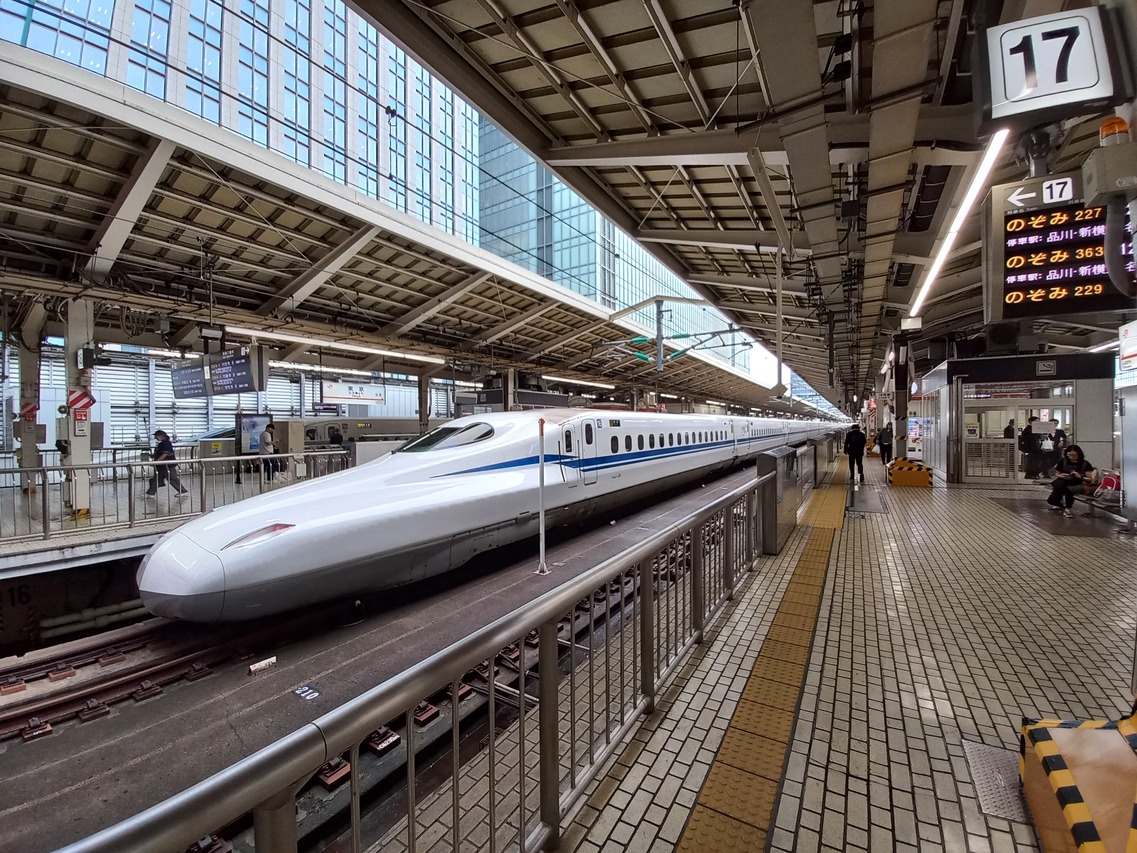
A small stall on the platform offered snacks and beverages. The journey to Osaka took less than three hours.
In Osaka, I stayed near Namba Station, within walking distance of the Dotonbori entertainment district, a vibrant area filled with street food, restaurants, and lights.
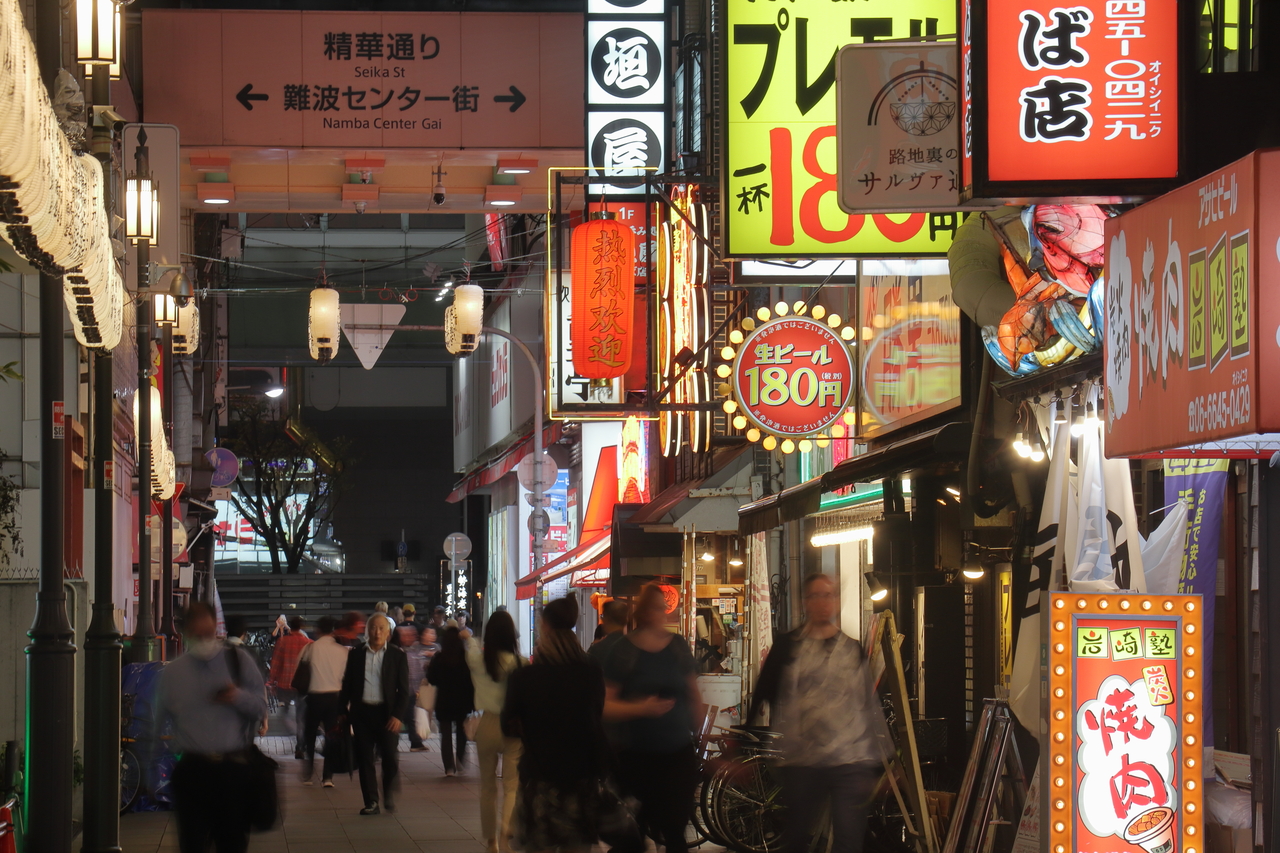
The evening walk along the canal in the area was particularly charming.

On my second day in Osaka, I visited the Osaka Castle, which houses a museum displaying traditional paintings and miniature models of classic Japanese architecture.
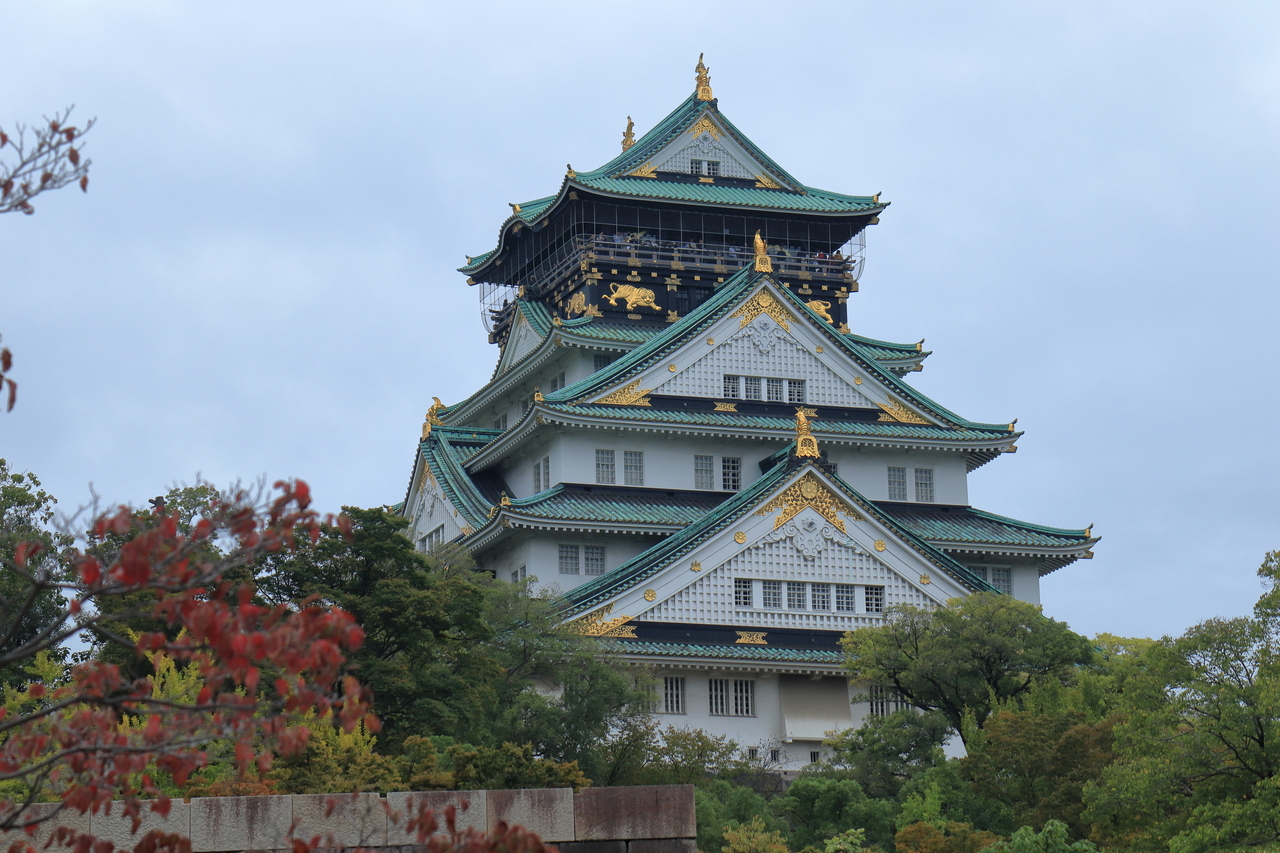
The peaceful park surrounding the castle is perfect for a leisurely stroll or jog.
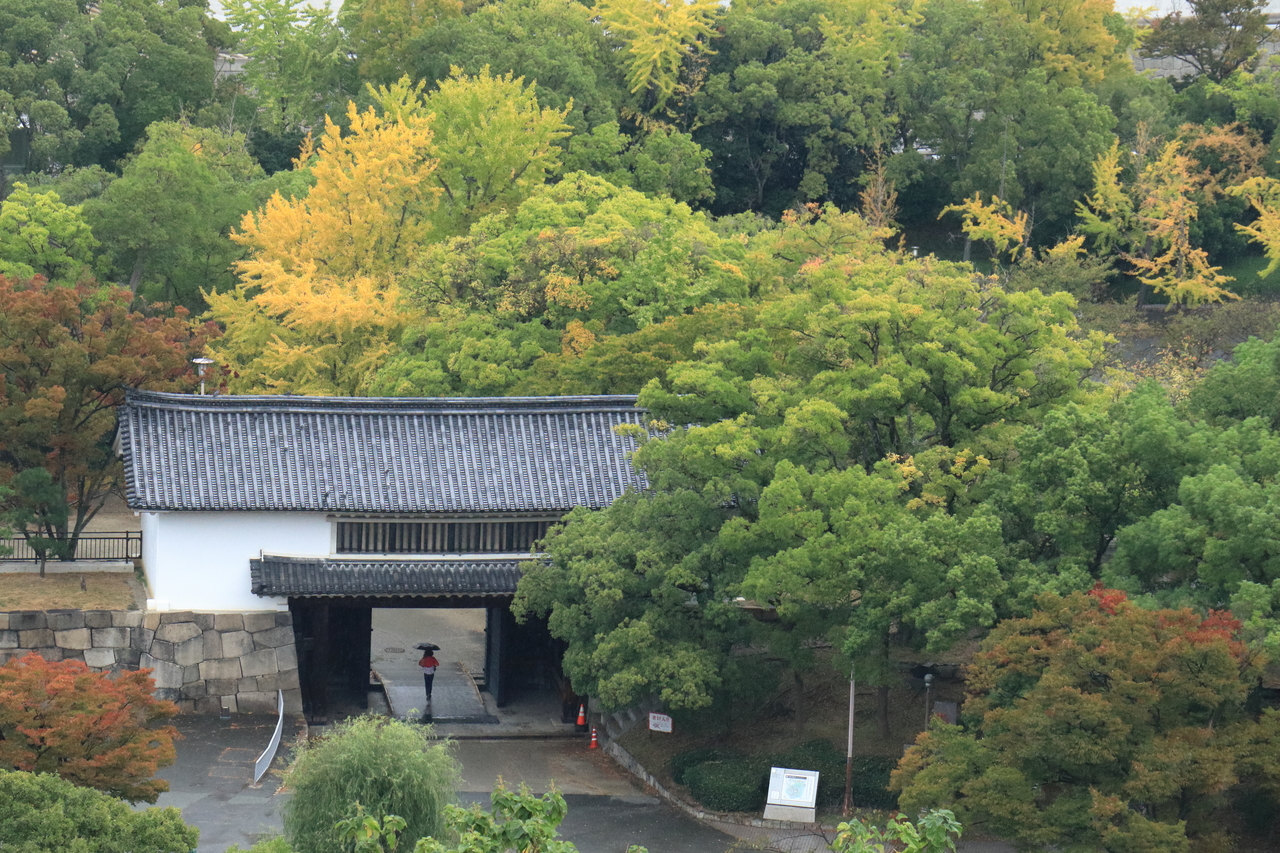
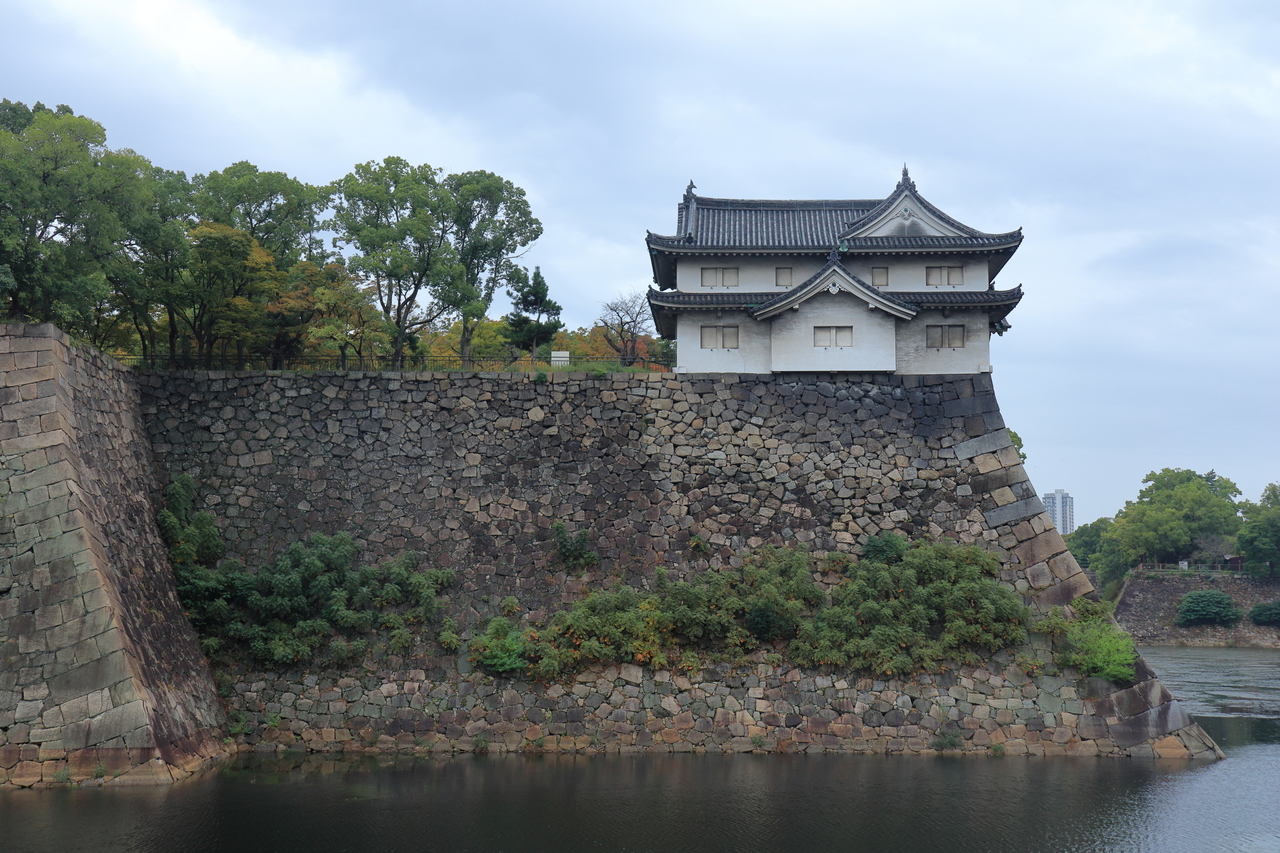
On my third day, I took a local train to Kyoto. At the train station, I bought a traditional paper ticket out of curiosity, even though I could have used my PASMO card for the journey.
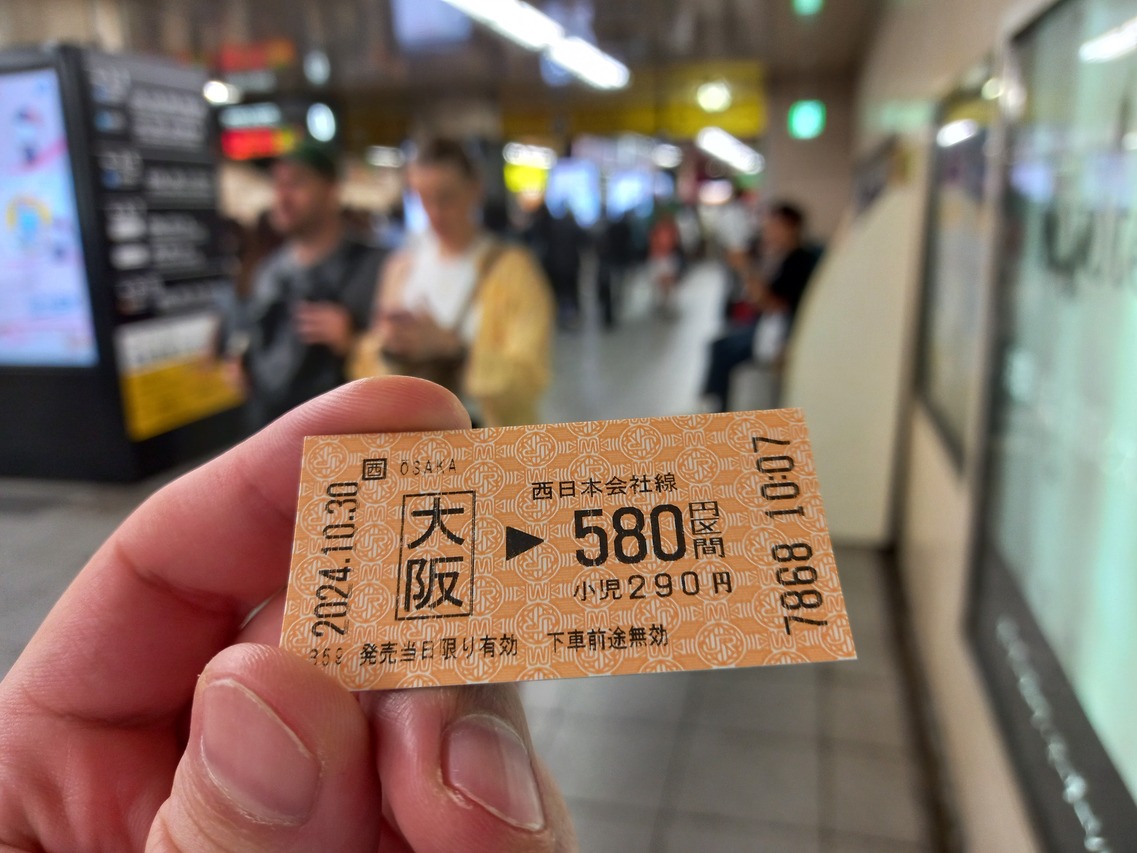
The number on the ticket shows its price, depending on the final destination selected on the ticket machine.
Arriving in Kyoto, I was immediately struck by the abundance of traditional Japanese-style houses and the surrounding hills and mountains, which made the city even more picturesque. If I were to plan my trip again, I would definitely spend more time in Kyoto as it offers so much to explore.
I began my Kyoto visit at the Kyoto Imperial Palace, located in a beautiful park.
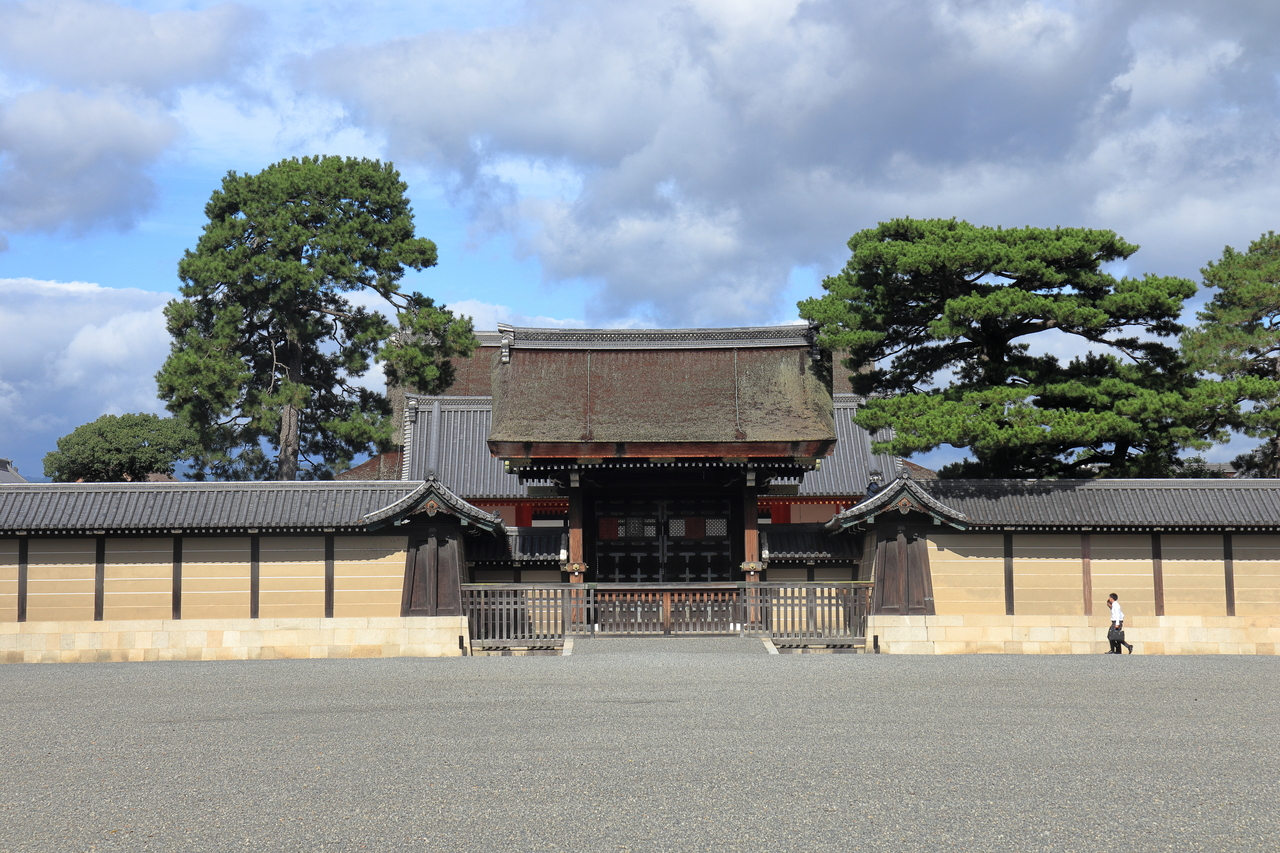
There were few visitors on this weekday, and entrance to the palace was free.
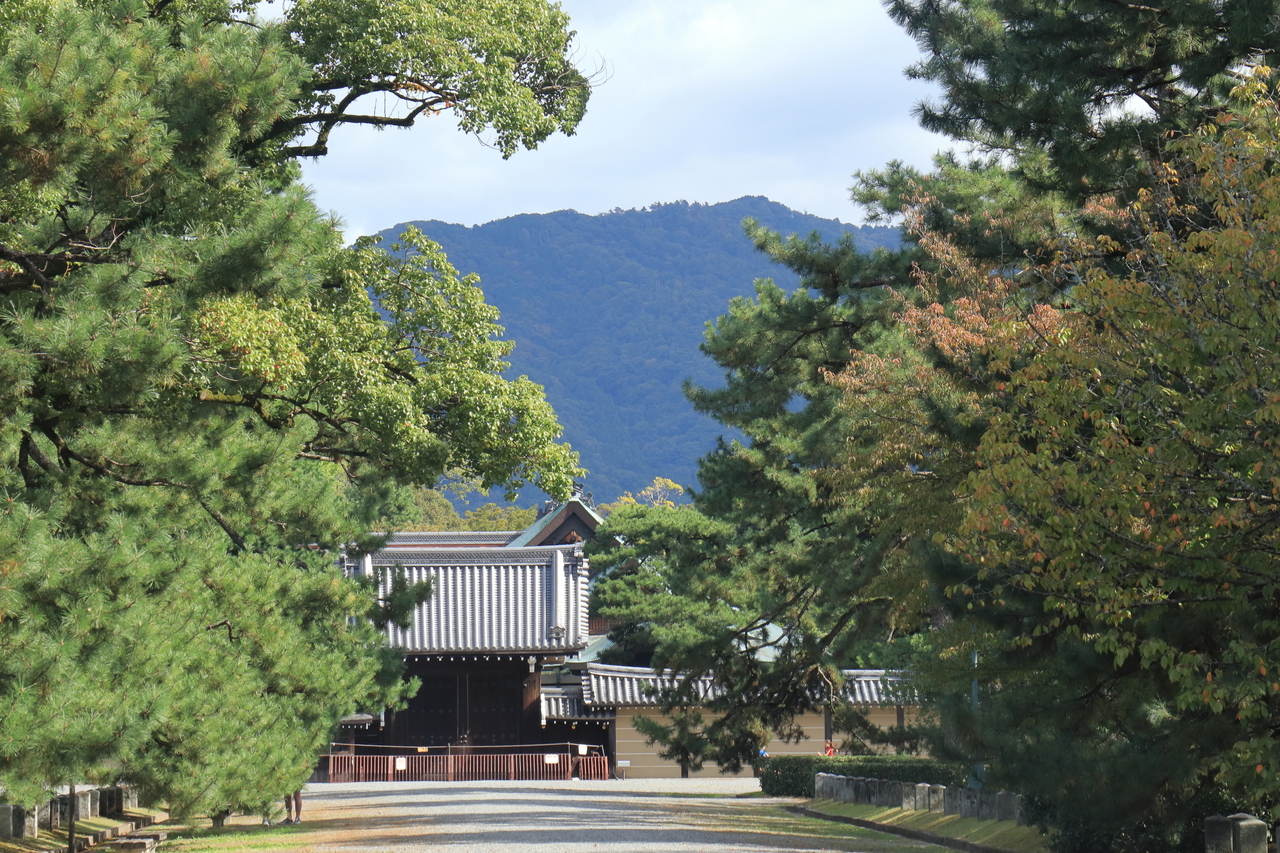

In the late afternoon, after checking-in to my hotel, I took a bus to the Kiyomizu-dera temple.
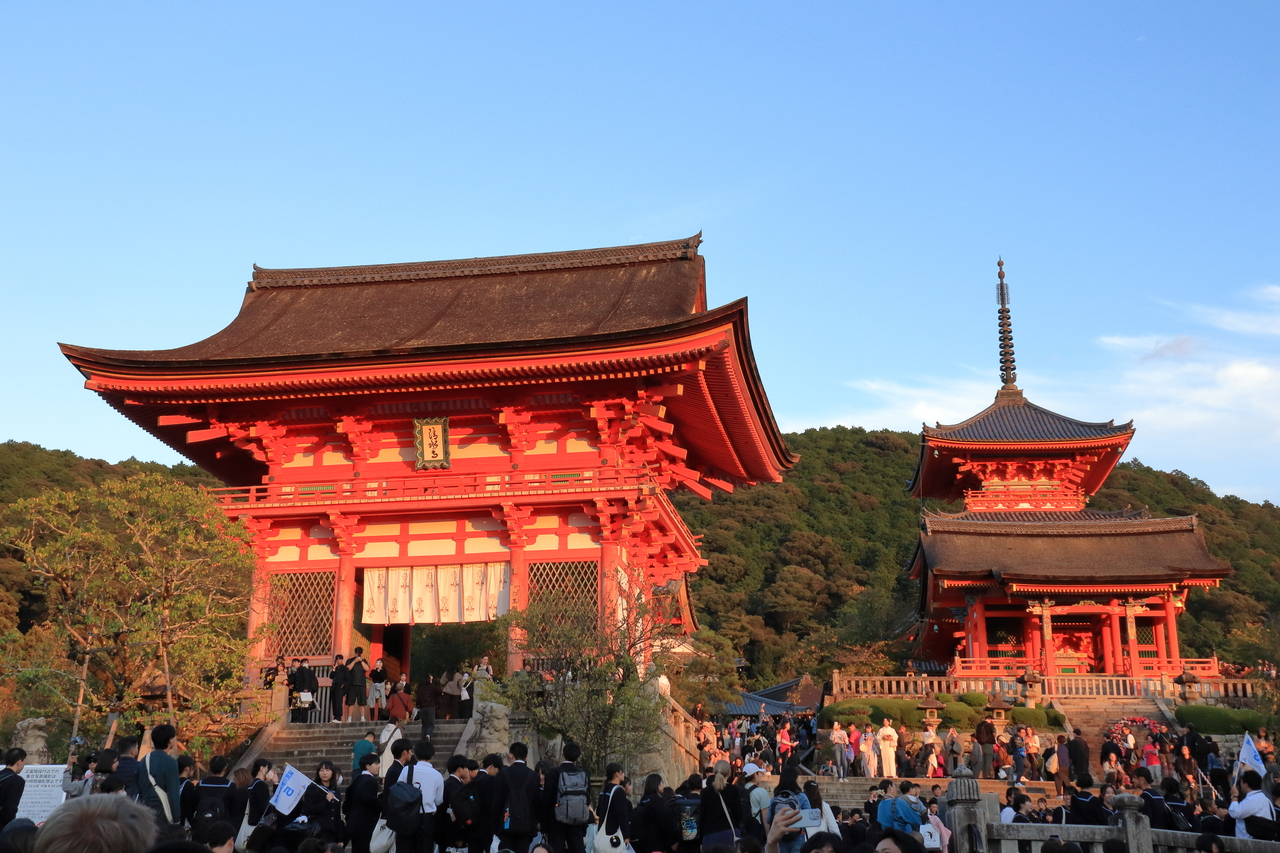
The streets lined with traditional houses were filled with tourists (some even dressed in traditional costumes), yet the area retained its charm.
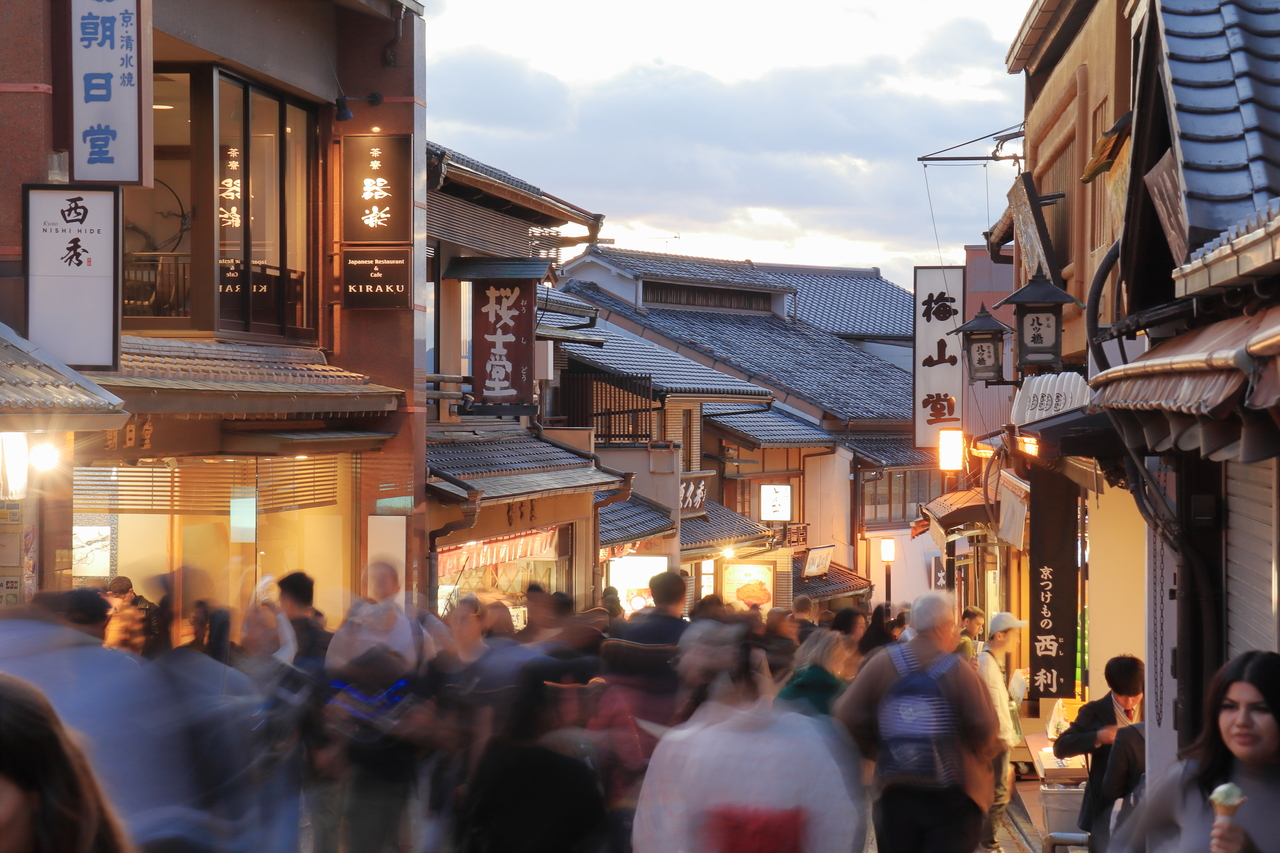
As the sun set, the streets grew quieter, with shops closing and the city lights illuminating the surroundings.
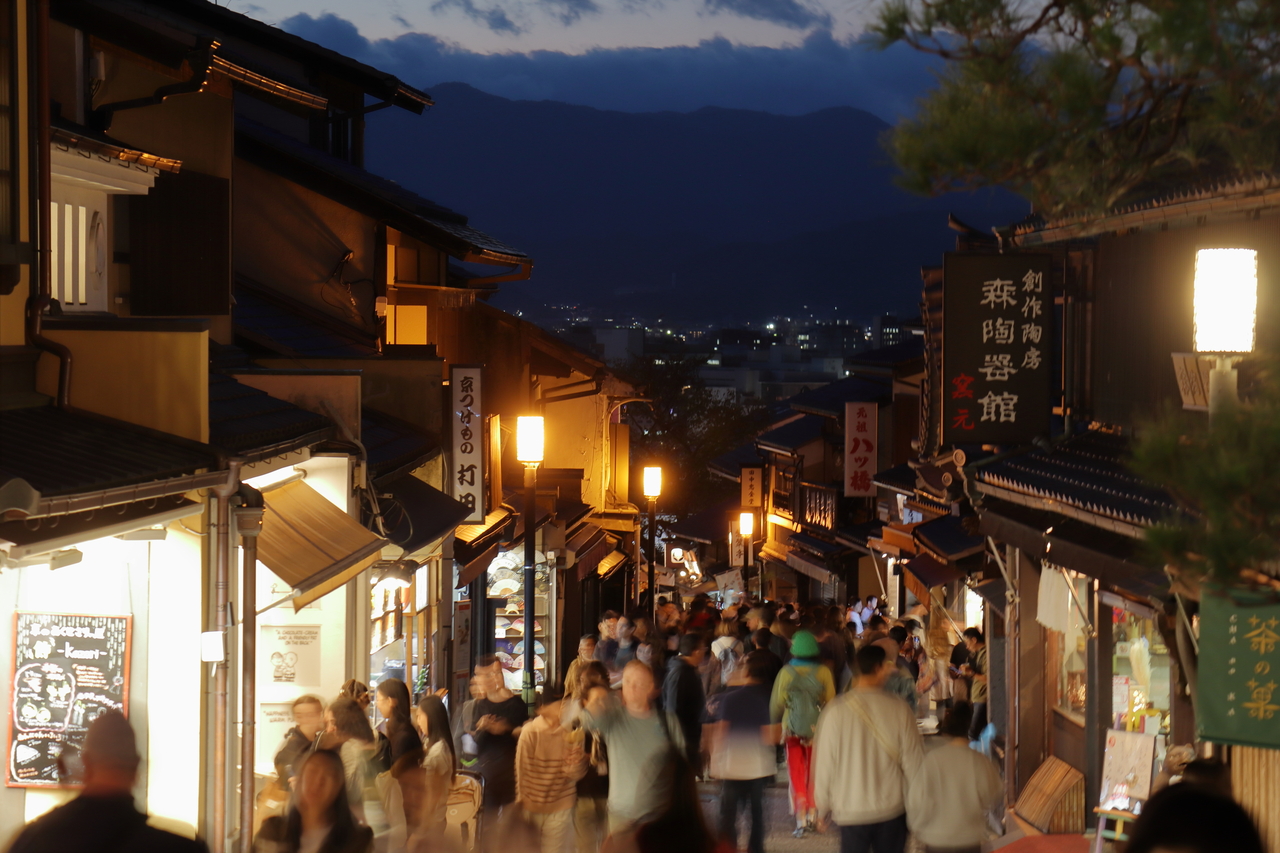
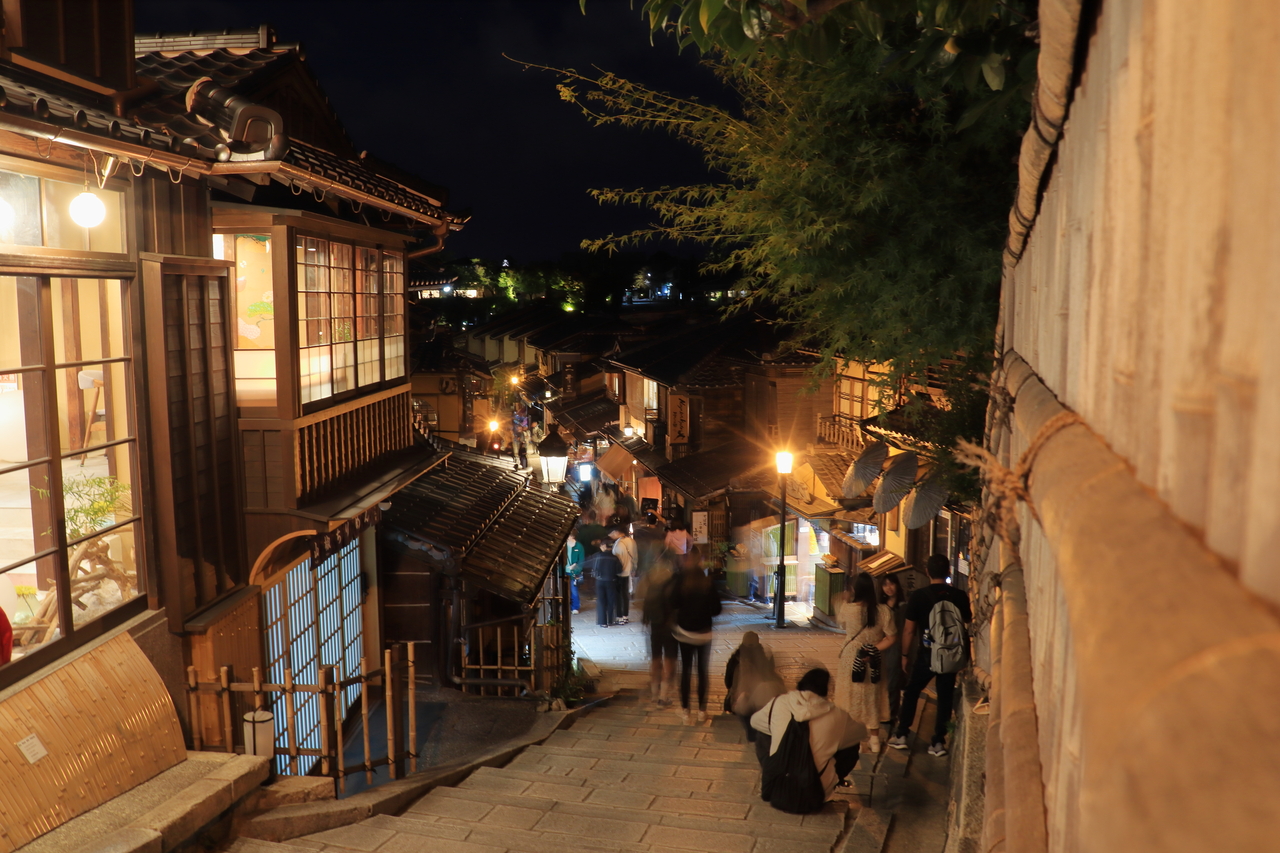
On my second day in Kyoto, I ventured into the nearby mountains. In the early morning, I took a train to Yase-Hieizanguchi, where I took a cable car and ropeway to the summit of Mount Hiei.

This area, largely devoid of tourists, offered stunning views of the surrounding cities, forests, and lakes.
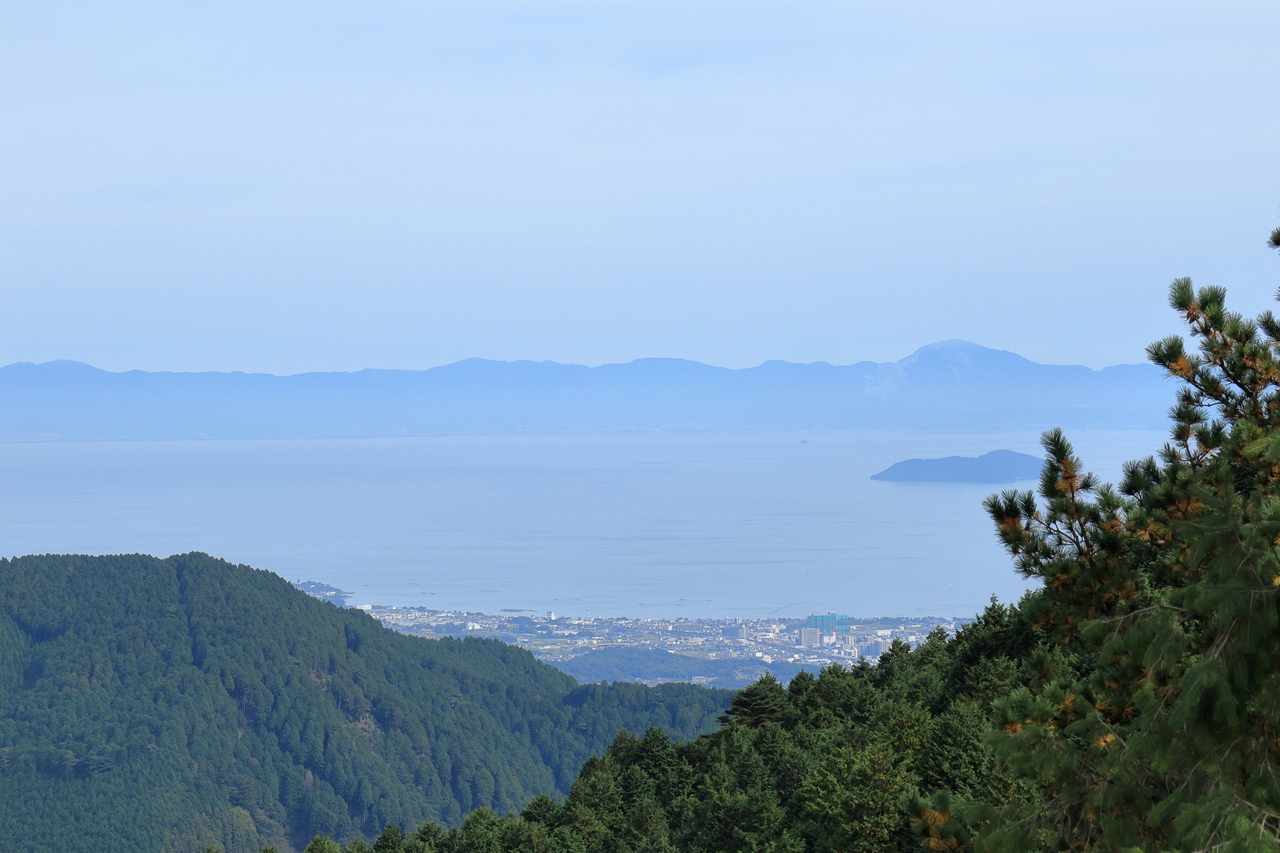
In the afternoon, I took a train to Arashiyama on the other side of the city, where I hiked along a scenic trail beside the river to the Daihikahu Senkoji Temple, concluding the day with a relaxing soak at a nearby Onsen.
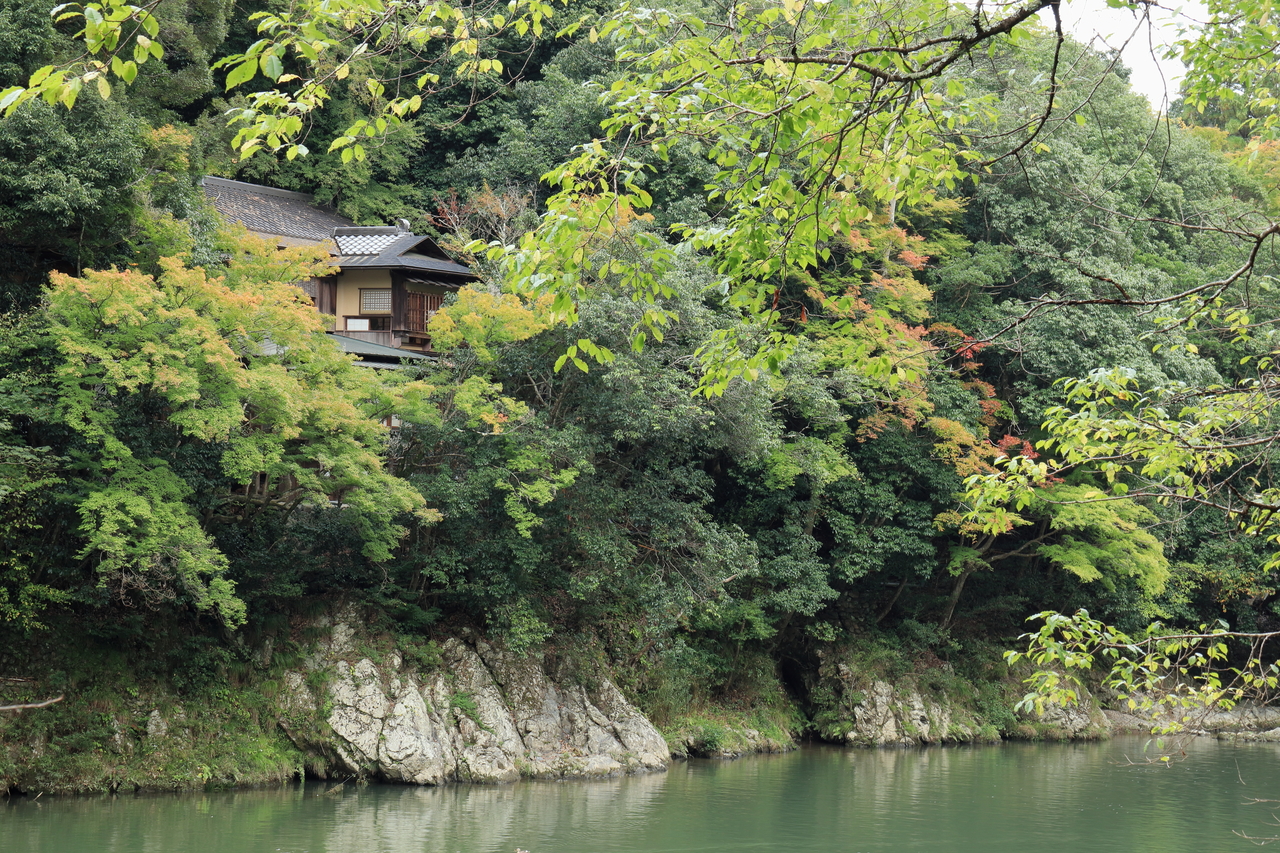

On my final day, I returned to Tokyo before catching my flight home.
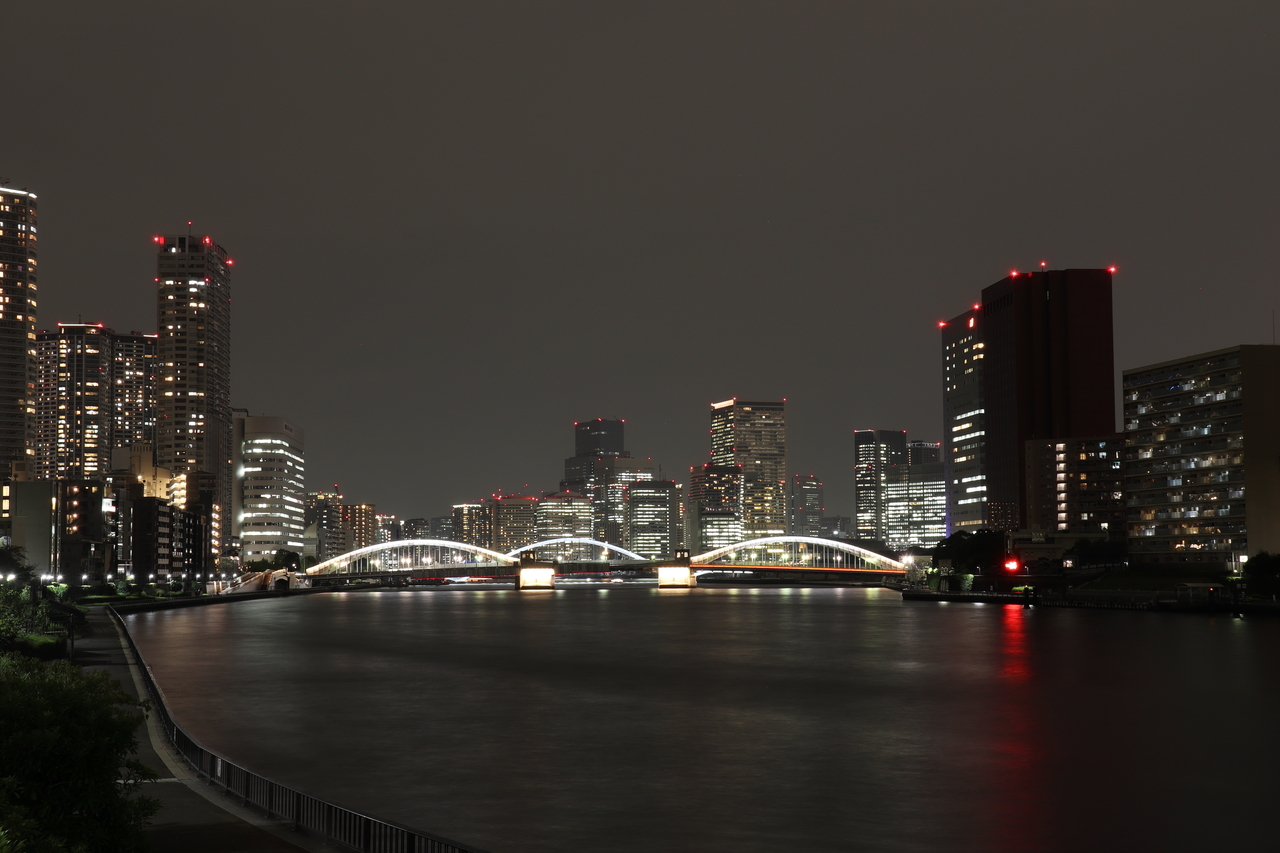
The culture, landscapes, and cities that seamlessly blend tradition with modernity left a lasting impression on me. Looking forward to visiting Japan soon again.